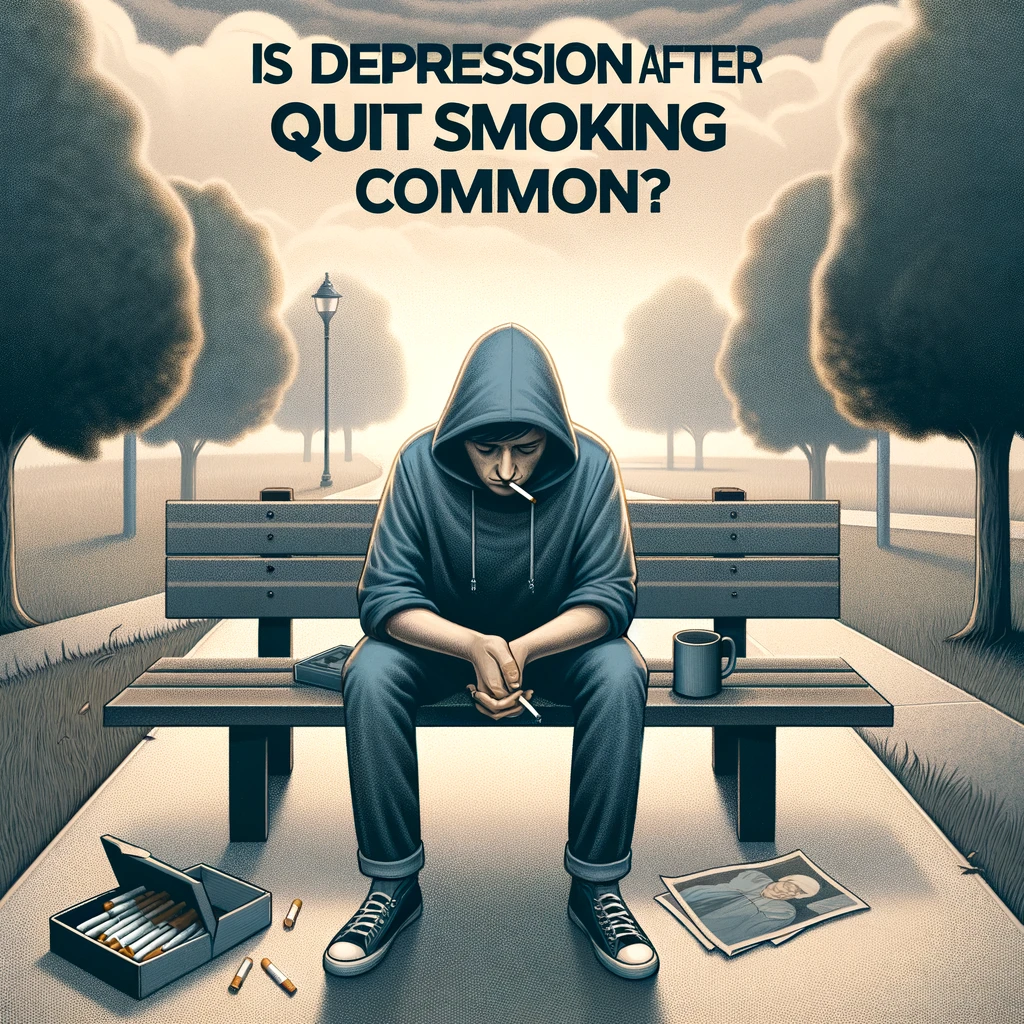Some Facts about Second-Hand Smoke
- Second-hand smoke is made up of the smoke from the burning end of a cigarette or pipe, and the smoke that is blown into the air by the person smoking.
- Second-hand smoke has over 4,700 chemicals; many of them cause cancer. Two thirds of the smoke from a cigarette is not inhaled by the smoker, but enters the air around the smoker.
- Second-hand smoke can remain in the home through contaminated dust and surfaces, even if smoking took place days, weeks and months earlier.
- Pipe smoke is as bad as cigarette smoke, and cigar smoke is worse.
- Second-hand smoke has twice as much nicotine and tar compared to the smoke that the smoker inhales.
- It has five times the amount of carbon monoxide, a deadly gas that robs the blood of oxygen
- It also contains higher levels of ammonia (better known as window cleaner) and cadmium (also found in batteries)
- The concentration of hydrogen cyanide (a poisonous gas that attacks respiratory enzymes) in tobacco smoke is considered toxic
- It contains nitrogen dioxide which is measured at fifty times higher than the standard for harm
- Many studies confirm that opening a window, smoking in another room, or using an air purifier are not effective ways to remove second-hand smoke.
- Second-hand smoke in a vehicle can be 23 times more toxic than in a house because of the smaller space. Rolling down the window does not significantly decrease your exposure to second-hand smoke.
- Babies exposed to second-hand smoke are more likely to die from Sudden Infant Death Syndrome (SIDS), also known as crib death. If you or your spouse is pregnant, Two thirds of smoke from a cigarette is not inhaled by the smoker, but enters the air around the smoker. Or you are thinking of having a baby, quitting smoking and limiting second-hand smoke exposure are important things to do.
- Second-hand smoke causes between 1,100 – 7,800 deaths per year in Canada. At least one third of the deaths are in Ontario. If you are a non-smoker, regular exposure to second-hand smoke increases your risk of developing either lung cancer or heart disease by 20%.
- Second-hand smoke aggravates symptoms in people with allergies and asthma, and can cause eye, nose and throat irritations, headaches, dizziness, nausea, coughing and wheezing in otherwise healthy people.
- Children have a higher metabolism and can absorb higher amounts of smoke than adults.
- Infants and children exposed to second-hand smoke are more likely to suffer chronic respiratory illness, impaired lung function, middle ear infections, food allergies and can even succumb to sudden infant death syndrome.
- 2.4 million Canadian homes with children under 12 years of age report regular exposure to second-hand smoke.
- Electronic air cleaning systems would need to increase the air-exchange rate a thousand fold to be effective — resulting in gale force winds!
- Increasing ventilation will dilute the smoke in a room, but will not make it safe since there is no known safe level of exposure to the carcinogens in cigarette smoke.
Canadians spend most of their time indoors.
Get a personal consultation.
Feel free to contact us nearest to your location







